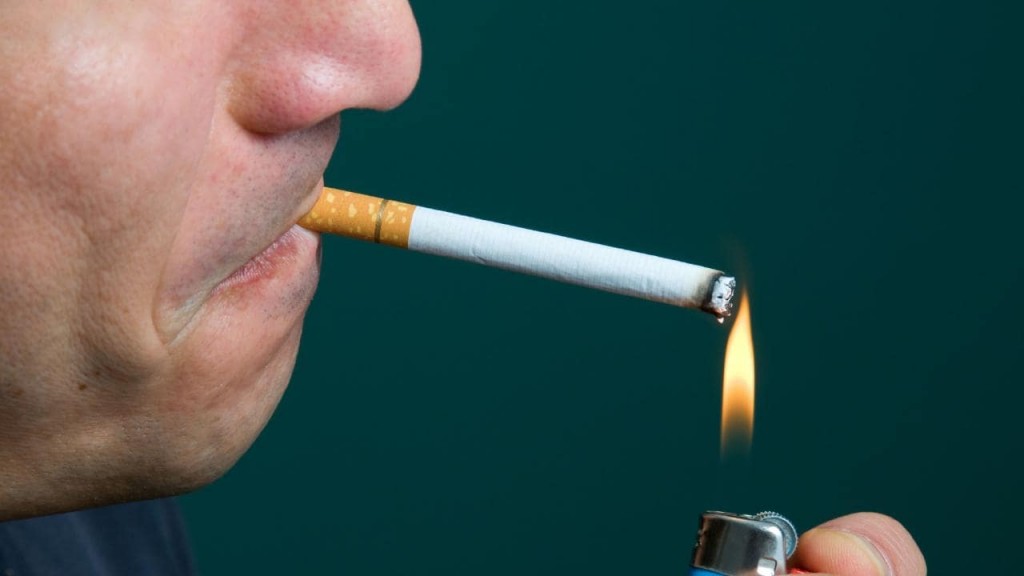ADAM CREIGHTON
March 12, 2018
The Australian

Consumption of cigarettes has risen for the first time in more than a decade, adding to concerns about the effectiveness of measures to reduce smoking.
Expenditure on tobacco products, which has been in steady decline for a generation, rose 2.6 per cent in the final quarter of 2017 compared with the same period a year earlier, to just under $4 billion for the quarter, according the latest national accounts.
“This is a worrying reversal of a long-term trend,” said Colin Mendelsohn, a health academic at the University of NSW.
“We have to accept our punitive methods of taxing and coercing smokers are no longer working and we need other strategies,” he said.
He suggested the government should lift its prohibition on e-cigarettes to help addicted smokers reduce their risk of developing lung cancer.
December saw the biggest annual rise in the seasonally adjusted measure of cigarette and tobacco consumption since 2004. The figures, contained in the Australian Bureau of Statistics’ latest national accounts, emerge amid a debate over the prevailing ban on nicotine use in e-cigs or vaporisers.
Health Minister Greg Hunt appeared recently to rule out any relaxation of the rules ahead of a Senate inquiry, due to report within months, into their effectiveness.
The ABS’s “trend” measure of cigarette consumption, which measures underlying consumption changes, has been rising since December 2016, or for four consecutive quarters — the first time that’s occurred since 2004.
Over the last year, Australians spent just under $16bn on cigarettes and tobacco products.
Australia has among the toughest anti-smoking regulations in the world, including high levels of tax on tobacco and enforced plain packaging, which was introduced in 2012.
The Department of Health’s latest review of the national tobacco strategy said targets to reduce the smoking rate to 10 per cent, and halve smoking rates among Aboriginal and Torres Strait Islanders, were unlikely to be met.
“While smoking rates have been on a long-term downward trend, for the first time in more than two decades the daily smoking rate did not significantly decline over the most recent three-year period,” the 2016 national drug strategy found.
“Smokers who switch to safer alternative such as e-cigarettes are exposed to far fewer toxins and can expect substantial improvements in health.
‘‘However, vaping with nicotine is banned in Australia in spite of the overwhelming evidence of its success overseas,” Professor Mendelsohn said.
The official figures understated actual smoking rates and levels because of widely available black market purchases.
“People can buy lethal tobacco cigarettes on every street corner but are unable to legally purchase a far safer alternative to help them quit,” Professor Mendelsohn said.
Subscribe to our free mailing list and always be the first to receive the latest news and updates.
